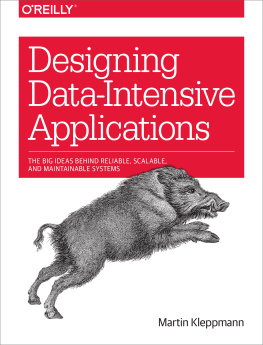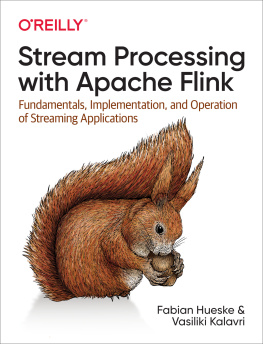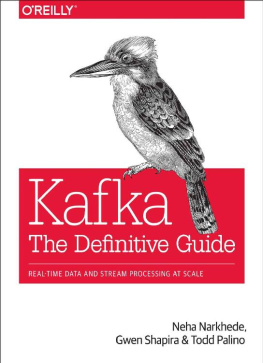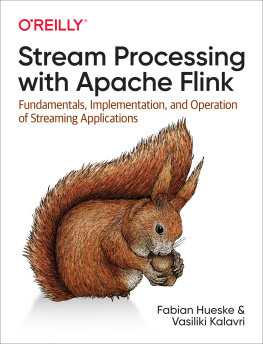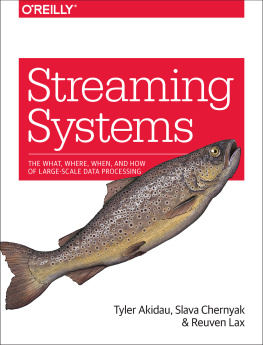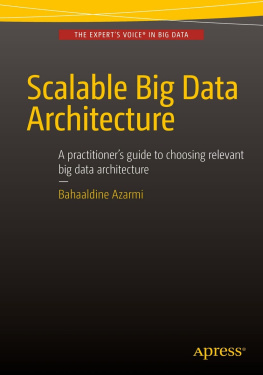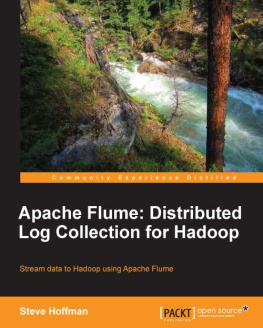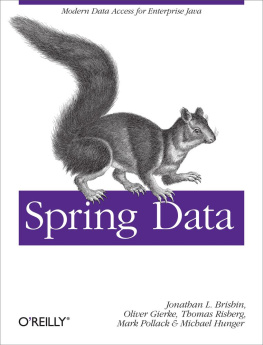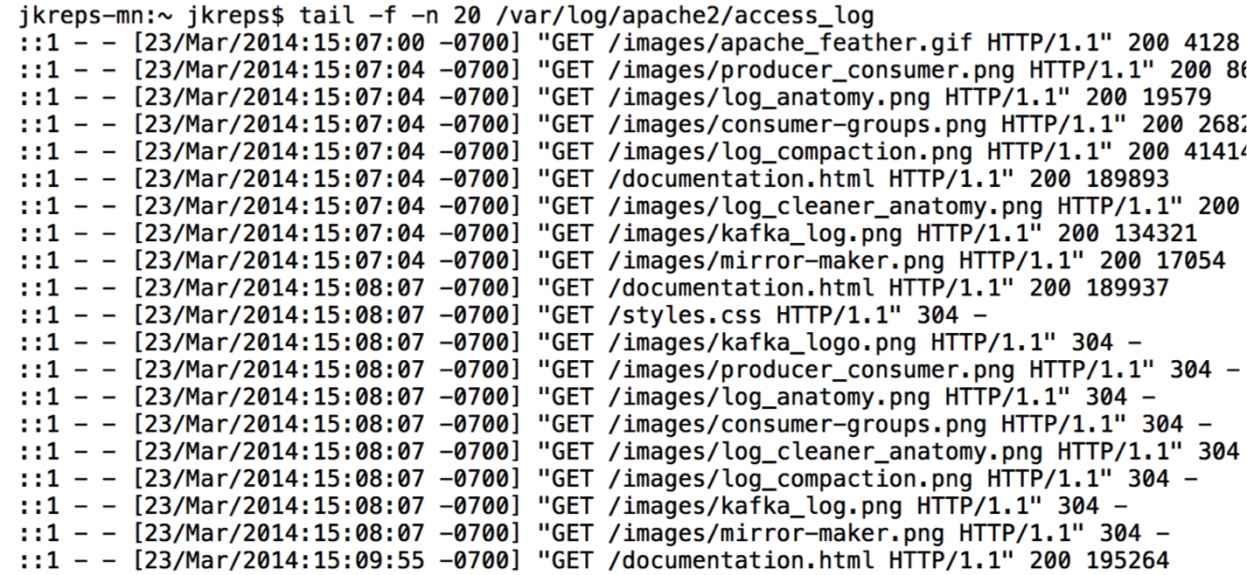Jay Kreps - I Heart Logs: Event Data, Stream Processing, and Data Integration
Here you can read online Jay Kreps - I Heart Logs: Event Data, Stream Processing, and Data Integration full text of the book (entire story) in english for free. Download pdf and epub, get meaning, cover and reviews about this ebook. year: 2014, publisher: OReilly Media, genre: Computer. Description of the work, (preface) as well as reviews are available. Best literature library LitArk.com created for fans of good reading and offers a wide selection of genres:
Romance novel
Science fiction
Adventure
Detective
Science
History
Home and family
Prose
Art
Politics
Computer
Non-fiction
Religion
Business
Children
Humor
Choose a favorite category and find really read worthwhile books. Enjoy immersion in the world of imagination, feel the emotions of the characters or learn something new for yourself, make an fascinating discovery.
I Heart Logs: Event Data, Stream Processing, and Data Integration: summary, description and annotation
We offer to read an annotation, description, summary or preface (depends on what the author of the book "I Heart Logs: Event Data, Stream Processing, and Data Integration" wrote himself). If you haven't found the necessary information about the book — write in the comments, we will try to find it.
Why a book about logs? Thats easy: the humble log is an abstraction that lies at the heart of many systems, from NoSQL databases to cryptocurrencies. Even though most engineers dont think much about them, this short book shows you why logs are worthy of your attention.
Based on his popular blog posts, LinkedIn principal engineer Jay Kreps shows you how logs work in distributed systems, and then delivers practical applications of these concepts in a variety of common usesdata integration, enterprise architecture, real-time stream processing, data system design, and abstract computing models.
Go ahead and take the plunge with logs; youre going love them.
- Learn how logs are used for programmatic access in databases and distributed systems
- Discover solutions to the huge data integration problem when more data of more varieties meet more systems
- Understand why logs are at the heart of real-time stream processing
- Learn the role of a log in the internals of online data systems
- Explore how Jay Kreps applies these ideas to his own work on data infrastructure systems at LinkedIn
Jay Kreps: author's other books
Who wrote I Heart Logs: Event Data, Stream Processing, and Data Integration? Find out the surname, the name of the author of the book and a list of all author's works by series.

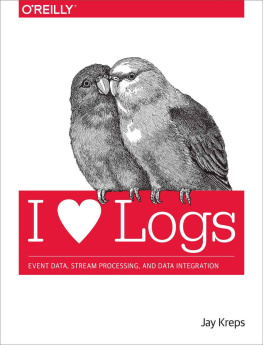
![Jay Kreps - I [heart symbol] logs: event data, stream processing, and data integration](/uploads/posts/book/193914/thumbs/jay-kreps-i-heart-symbol-logs-event-data.jpg)

